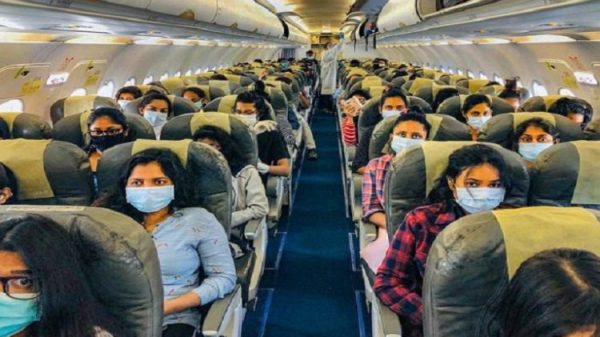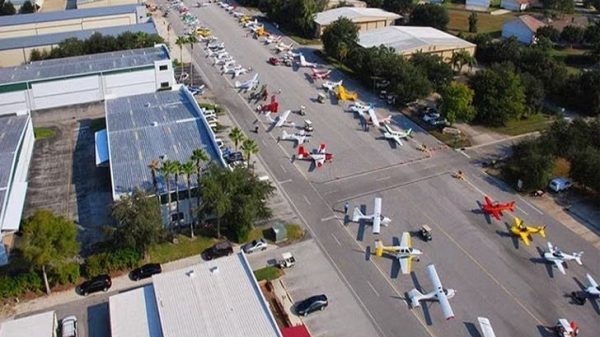Canada Launches 4 New PR Pathways for Caregiver and Skilled Workers in 2025
- আপডেট সময় শুক্রবার, ২৪ জানুয়ারি, ২০২৫

Canada launches four new permanent residency pathways in 2025, focusing on caregivers, Francophone professionals, and skilled workers in rural areas. These programs aim to address labor shortages and support regional economies.
Canada is gearing up to introduce four innovative Permanent Residence (PR) pathways in 2025 to address regional labour market demands. This update comes as the government adjusts its PR target from 485,000 to 465,000 under its 2025 Immigration Levels Plan.
The new programs, announced by the IRCC, focus on meeting workforce needs in specific provinces and communities. Here’s everything you need to know about these pathways and how they could benefit skilled workers planning to immigrate to Canada.
Overview of the Four New PR Pathways
- Enhanced Caregiver Pilot Programs: This program replaces existing pilots for home childcare providers and home support workers, offering a faster path to PR for caregivers.
- Rural Community Immigration Pilot: Designed to attract skilled professionals to smaller communities facing labour shortages.
- Francophone Community Immigration Pilot: Focuses on attracting French-speaking professionals to regions outside of Quebec.
- Manitoba’s West Central Immigration Initiative Pilot: Targets skilled professionals willing to contribute to the economic growth of Manitoba’s West Central region.
These initiatives are part of Canada’s broader efforts to support regional economies and attract foreign talent to underrepresented areas.
1. Enhanced Caregiver Pilot Programs
Replacing the existing Home Childcare Provider and Home Support Worker Pilots launched in June 2024, the Enhanced Caregiver Pilot Programs aim to simplify PR access for caregivers.
Applicants will now be granted PR upon arrival, ensuring a faster transition for homecare professionals who play a vital role in assisting individuals recovering from illness or injury.
Eligibility Criteria:
- Minimum Canadian Language Benchmark (CLB) score of 4 in English or French.
- High school diploma equivalent to Canadian standards.
- Recent and relevant caregiving work experience.
- Full-time job offer in Canada.
2. Rural Community Immigration Pilot
Building on the success of the Rural and Northern Immigration Pilot (RNIP), this program addresses labour shortages in smaller, rural communities. It encourages skilled professionals to settle in these areas and contribute to their growth.
Eligibility Criteria:
- Skills aligned with local labour market needs.
- Commitment to live and work in rural communities for an extended period.
3. Manitoba’s West Central Immigration Initiative Pilot
Launched on November 15, 2024, this three-year pilot focuses on addressing labour gaps in Manitoba’s West Central region, which requires 240–300 skilled workers annually. Successful applicants will secure PR status upon arrival, providing long-term stability for those willing to settle in the region.
4. Francophone Community Immigration Pilot
This pathway aims to strengthen Francophone communities outside Quebec by attracting French-speaking professionals. Canada’s commitment to promoting linguistic diversity is central to this initiative.
Eligibility Criteria:
- Proficiency in French.
- Skills relevant to economic growth in Francophone regions.
- Willingness to reside outside Quebec.

















